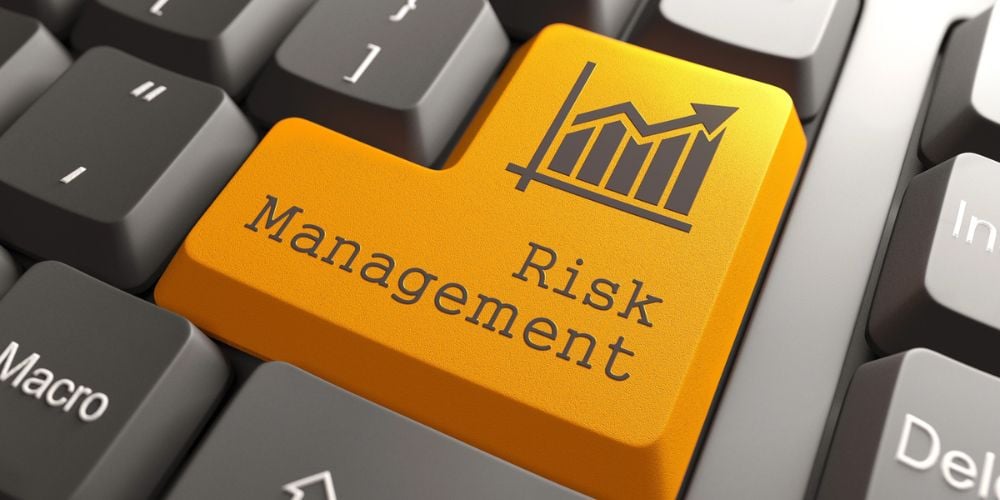Investing often feels like sailing in open waters. The sea is the market, and various risks are the storms. One such storm, unsystematic risk, concerns many investors due to its unpredictable nature.
This guide aims to explore what is unsystematic risk, offering insights into how it operates and ways to mitigate its impact on investments.
What is Unsystematic Risk?
Unsystematic risk, also known as specific risk, refers to the uncertainty associated with a particular company or industry. Unlike systematic risk, which affects the entire market, unsystematic risk is unique to a single entity or sector.
It arises from factors like management decisions, regulatory changes, or competition. Understanding this risk is crucial for investors looking to make informed decisions.
Types of Unsystematic Risk
There are several types of unsystematic risks. Business risk involves the operations of a company. If a new product fails, that’s business risk at play. Financial risk stems from the use of debt.
A company heavily in debt faces higher financial risk due to the obligation to repay regardless of its financial state. Other types include legal and regulatory risks, amongst others.

Example of Unsystematic Risk
Consider a tech company that launches a highly anticipated product. If the product fails due to poor reception, the company’s stock prices might plummet.
This situation typifies unsystematic risk because the event affects only the specific company and not the tech industry or the broader market.
Difference Between Systematic and Unsystematic Risk
The key difference between systematic and unsystematic risk lies in their scope. Systematic risk impacts the entire market, driven by factors like economic changes or political instability.
Unsystematic risk, however, is confined to a single business or industry. Systematic risk is non-diversifiable, while investors can mitigate unsystematic risk through diversification.
How to Mitigate Unsystematic Risk?
Diversification is the primary tool to manage unsystematic risk. By investing in a variety of assets across different sectors, investors can reduce the impact of any single failing investment.
A diversified portfolio might have stocks from technology, healthcare, and consumer goods, spreading the risk.
Unsystematic Risk: Benefits and Drawbacks
While unsystematic risk sounds daunting, it is not without benefits. Investments with higher specific risks often offer the potential for higher returns. The key lies in balancing the risk with the potential reward.
However, the drawback is evident when an investor is overly concentrated in a single investment, exposing them to significant losses if that investment sours.

Frequently Asked Questions
Is unsystematic risk avoidable?
While you cannot avoid unsystematic risk entirely, you can significantly reduce its impact through strategic diversification of your investment portfolio.
How can unsystematic risk impact my investment portfolio?
Unsystematic risk can lead to losses in specific investments within your portfolio. However, its impact is limited to the affected investment and does not extend to the entire portfolio.
What role does diversification play in managing unsystematic risk?
Diversification spreads out your investment across different assets, reducing the impact of any single underperforming investment on your overall portfolio.
Can an investor completely eliminate unsystematic risk and how?
No. Complete elimination of unsystematic risk is impossible. However, through diversification, investors can minimize its effects on their investment portfolio.
Conclusion
In investing, familiarity with types of risks is vital. Unsystematic risk, with its company or industry-specific nature, plays a crucial role in portfolio management and investment decisions. By understanding and effectively mitigating unsystematic risk through diversification, investors stand a better chance of safeguarding their investments against unforeseen downturns.
Understanding the nuances of unsystematic risk is paramount for those navigating the investment landscape.
This guide aims to shed light on this specific risk, providing investors with knowledge to make more informed decisions and better protect their investments from individual company or industry pitfalls.


 Tags:
Tags:










